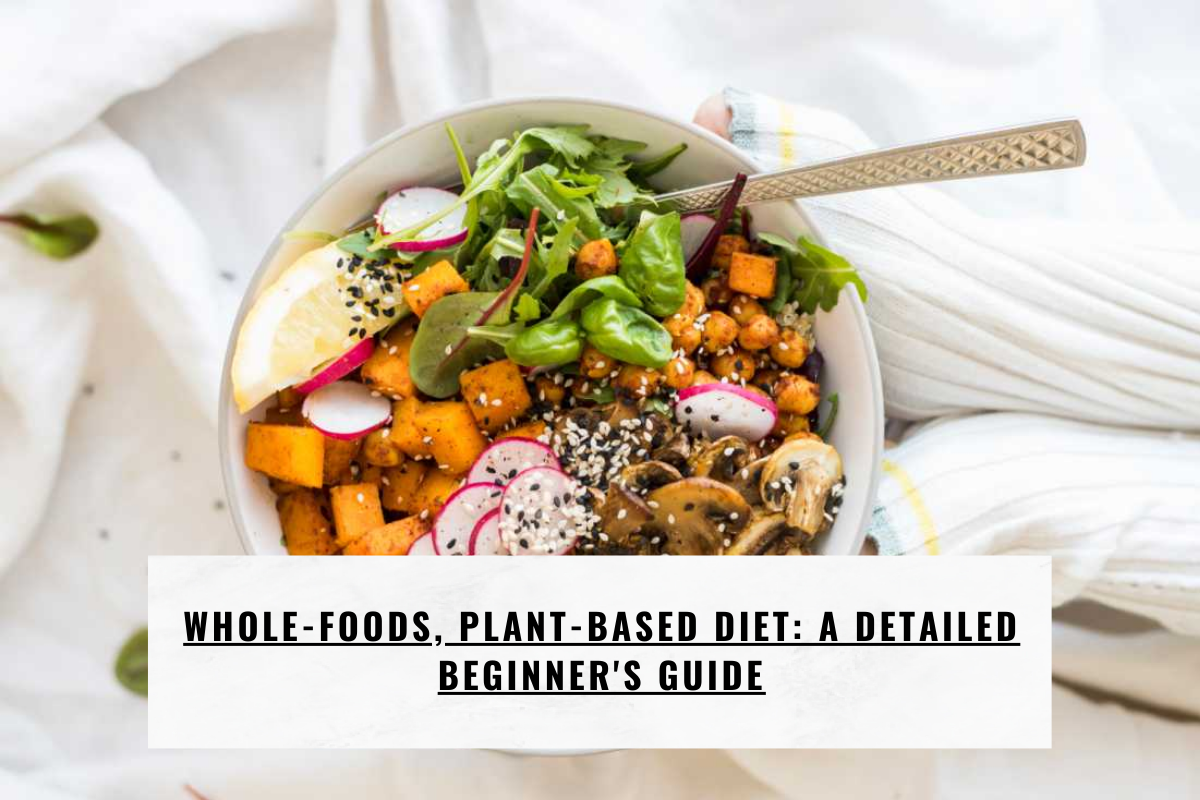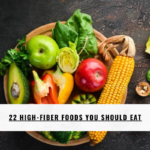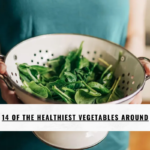Whole-Foods, Plant-Based Diet: A Detailed Beginner’s Guide: Here’s a detailed beginner’s guide to help you get started:
Whole-Foods, Plant-Based Diet: A Detailed Beginner’s Guide
Certainly! Adopting a whole-foods, plant-based (WFPB) diet can have numerous health benefits. This lifestyle focuses on consuming plant-derived foods in their whole, unprocessed form, avoiding animal products and highly processed foods.
What is a Whole-Foods, Plant-Based Diet?
A whole-foods, plant-based diet is centered around whole, unrefined plant foods, including fruits, vegetables, whole grains, legumes, nuts, and seeds. It excludes or minimizes animal products and processed foods.
Key Components of a WFPB Diet:
1. Fruits and Vegetables:
- Aim for a variety of colorful fruits and vegetables to ensure a diverse range of nutrients.
- Consume a mix of leafy greens, berries, citrus fruits, cruciferous vegetables, and more.
2. Whole Grains:
- Choose whole grains like brown rice, quinoa, oats, barley, and whole wheat over refined grains.
3. Legumes:
- Incorporate beans, lentils, chickpeas, and other legumes for protein, fiber, and various micronutrients.
4. Nuts and Seeds:
- Include a moderate amount of nuts and seeds for healthy fats, protein, and essential nutrients.
5. Plant-Based Proteins:
- Explore tofu, tempeh, seitan, and other plant-based protein sources.
6. Healthy Fats:
- Opt for sources like avocados, olives, and nuts for healthy fats instead of saturated fats from animal products.
Foods to Limit or Avoid:
1. Animal Products:
- Minimize or eliminate meat, dairy, eggs, and other animal-derived products.
2. Processed Foods:
- Reduce intake of processed foods, including sugary snacks, refined oils, and foods with added preservatives.
3. Added Sugars:
- Limit the consumption of foods and beverages with added sugars.
4. Refined Grains:
- Choose whole grains over refined grains to maximize nutritional content.
ALSO READ:
Benefits of a WFPB Diet:
1. Improved Heart Health:
- Reduces the risk of heart disease by lowering cholesterol levels.
2. Weight Management:
- Supports weight loss and maintenance due to the high fiber content and nutrient density of plant-based foods.
3. Lower Blood Pressure:
- Can help manage and reduce blood pressure.
4. Increased Energy Levels:
- Many people report increased energy and improved digestion on a WFPB diet.
5. Reduced Risk of Chronic Diseases:
- Linked to a lower risk of certain cancers, diabetes, and other chronic diseases.
Tips for Getting Started:
1. Gradual Transition:
- Gradually shift towards a plant-based diet to make the transition smoother.
2. Educate Yourself:
- Learn about plant-based nutrition to ensure a well-balanced diet.
3. Explore New Recipes:
- Experiment with new plant-based recipes to keep meals exciting and flavorful.
4. Supplement Wisely:
- Consider vitamin B12 supplementation, as it is primarily found in animal products.
5. Stay Hydrated:
- Drink plenty of water and herbal teas for hydration.
Remember, it’s always advisable to consult with a healthcare professional or a registered dietitian before making significant dietary changes.
If you love this information about Whole-Foods, Plant-Based Diet: A Detailed Beginner’s Guide then you can share this blog with your loved ones.






Leave a Reply